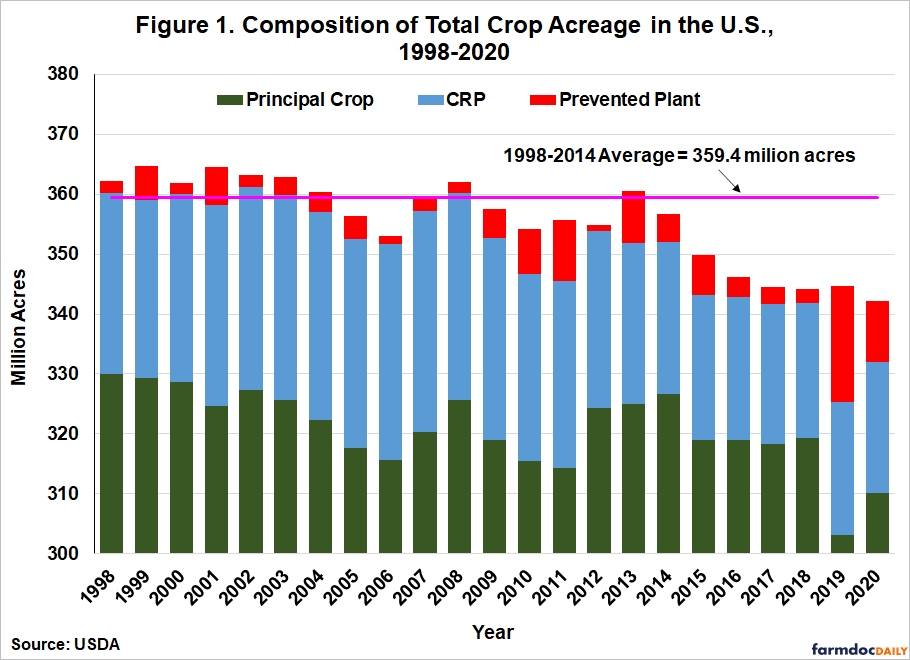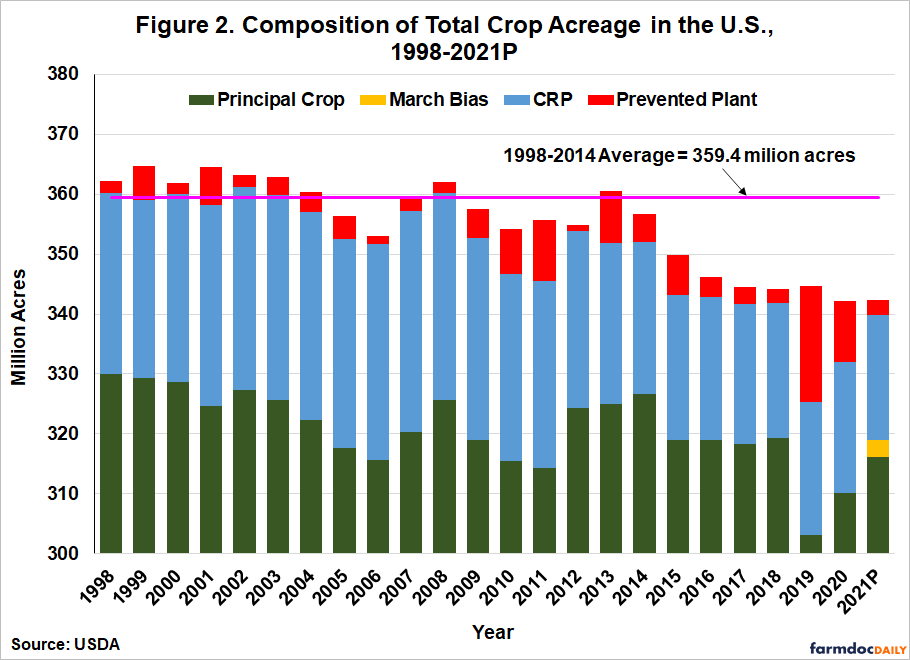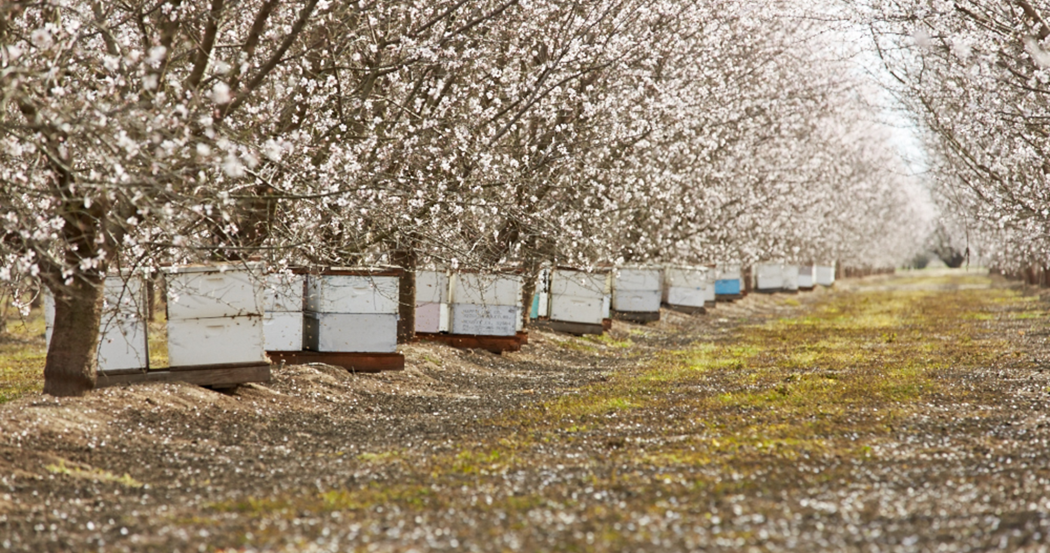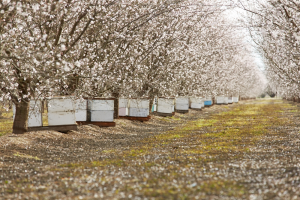By: Alyssum Flowers
Instead of writing about a pollinator plant, I want to address the weary accusation that somehow honey bees outcompete native bees and “don’t belong here” or “we can do just fine without honey bees.” Lately this controversy has gained steam despite countless research articles showing that honey bees and native bees have been getting along just fine for centuries, thank you. Truthfully, these pollinators supplement each other on our behalf. A study by Greenleaf and Kremen observed that interactions between wild bees and honey bees doubled pollination rates and enhanced the prevalence of hybrid sunflowers by five-fold.
Honey bees have been in the United States since at least 1622, but most likely since the 1500’s when Spaniards established St. Augustine, Florida – USA’s oldest city – to obtain beeswax for their candles. Recent research discovered a fossil of the honey bees’ relative Apis neararctica spp., in Stewart Valley, Nevada that dated back to the Miocene Era. So, the honey bees have been getting along with native bees for centuries!
So, what has changed? Mankind, or not-so-kind. As areas are bulldozed and stripped of woods, fields, wetlands and streams, the insects, birds and other wildlife lose places to nest, find food and shelter and exist. Pristine lawns and tidy shrubs do not provide habitat for most pollinators, let alone other wildlife. 50 million acres of perfect suburban lawns in the U.S. doesn’t help. An environmental ‘black hole’.
Honey bees are generalists with short tongues, meaning that they prefer flowers with shallow centers so that they can access the pollen and nectar easily. They like the flowers of many trees, shrubs, perennials, bulbs and annuals, including some non-native “weeds” like Japanese honeysuckle, Autumn olive and spotted knapweed. Generally, they are active on sunny days when the temperature is over 60°F, and back in the colony by evening to cool or warm the colony.

Prevented planting is a failure to plant an insured crop with the proper equipment by the final planting date designated in the insurance policy’s Special Provisions or during the late planting period, if applicable. https://farmdocdaily.illinois.edu/2021/06/estimating-total-crop-acres-in-the-us.html
 Native bees have specific preferences for plant species, for instance leafcutter bees pollinate alfalfa, canola, cranberries, onions, peas, blueberries and various other vegetables and melons. Bumble bees visit larkspur, iris, columbine, as well as tomatoes, peppers, blueberries, cranberries, broad beans and other “long throated” flowers. Several species of bumble bees are used in greenhouses, but they are expensive to order and maintain the many colonies that are needed inside these closed CEA’s (Controlled Environment Agriculture). Many native bees have long tongues and visit specific wildflowers.
Native bees have specific preferences for plant species, for instance leafcutter bees pollinate alfalfa, canola, cranberries, onions, peas, blueberries and various other vegetables and melons. Bumble bees visit larkspur, iris, columbine, as well as tomatoes, peppers, blueberries, cranberries, broad beans and other “long throated” flowers. Several species of bumble bees are used in greenhouses, but they are expensive to order and maintain the many colonies that are needed inside these closed CEA’s (Controlled Environment Agriculture). Many native bees have long tongues and visit specific wildflowers.
The squash bee is specifically designed to pollinate squash flowers but requires soft soil at the edge of the field in which to dig five to eight inch deep tunnels in which to deposit pollen and lay eggs. Although efficient at pollinating many cucurbit flowers, they only fly a quarter of a mile from their soil tunnels. If the edges of the field are treated with herbicide, plowed or mowed, the squash bees will not survive.
Mason bees are Spring time pollinators. They emerge from tubes or stems in early Spring and are mostly finished by early June. They only fly 100-300 yards from their nests. Leafcutter bees cut those curious perfectly round circles in redbud and rose leaves which they use to fold into cups to place eggs and pollen bundles into stems, holes in wood or the ground. They are active in mid-Summer (70°F) and pollinate flowers within 100 yards of their nest. Obviously, none of these bees can cover the tens of thousands of acres of orchards, fruit, vegetable and soybean fields in the United States alone.
Other pollinators such as syrphid flies, moths and beetles are far less efficient because their bodies are not hairy nor do the bodies have much contact with the pollen or stigmas. In fact, the USDA showed that the pollination services of non-Apis pollinators were valued at USD $3.44 billion, while honey bees contributed approximately $15 billion in the USA. Honey bees are responsible for pollinating over 80% of all flowering plants and 130 types of fruits and vegetables in the U.S. alone.
 Perhaps the most obvious point to the argument is that honey bees are by far the most efficient pollinator that can withstand regular management and long-distance trucking. What other insect can you pick up its nest, put it on a semi truck, drive it bouncing along for hundreds and hundreds of miles, unload it and have it still be alive, readjust to the new environment and go out and search for pollinator dependent flowers?
Perhaps the most obvious point to the argument is that honey bees are by far the most efficient pollinator that can withstand regular management and long-distance trucking. What other insect can you pick up its nest, put it on a semi truck, drive it bouncing along for hundreds and hundreds of miles, unload it and have it still be alive, readjust to the new environment and go out and search for pollinator dependent flowers?
Honey bees pollinate $20 billion worth of crops in the United States each year, including more than 130 types of fruits, nuts and vegetables. This of course, is in addition to the $3.2 million’s worth of honey produced in 2017 (USDA-National Agricultural Statistics Service (NASS)), beeswax, royal jelly, pollen and propolis that is harvested. Honey bees possess “flower fidelity” in that they will visit 50-100 apple blossoms, onion or carrot flowers or clover flowers in one trip instead of going to an apple flower then a clover then a mustard bloom, therefore the flowers visited by honey bees benefit by receiving only pollen from its cultivar or species, receiving maximum pollination. They can be placed in orchards or fields as needed to supply pollination for the entire field, then moved to meet the demands of another crop. Beehives are often important elements of urban gardens due to the pollination services they provide for backyard and community gardens, wildflowers and parks. Thanks to honey bees, birds, insects and many animals thrive on the fruits produced from the work of the honey bees.
Currently, 330 million people live in the United States with an estimated count of 400 million by 2050. Since 2000, the total area of farmland in U.S. has decreased annually. In that period, the total farmland area has decreased by almost 50 million acres, reaching a total of 893.4 million acres as of 2022. For the first time, the United States has imported more food than it has exported, meaning that we are depending upon other countries for food. In the monoculture system common in the U.S. and other advanced countries, honey bees are crucial to provide the pollination needed to feed animals and people. A study by Ritchie showed that crops are not pollinated sufficiently and that populations in many countries (including the U.S.), are undernourished due to insufficient pollination. Instead of arguing about honey bees or native bees, we should be concentrating on finding ways to keep farmland in production and provide more habitat for all pollinators.
References
https://ohioline.osu.edu/factsheet/ent-85
https://www.usda.gov/peoples-garden/pollinators/honey-bees#:~:text=Honeybees%20pollinate%20%2415%20billion%20worth,fruits%2C%20nuts%2C%20and%20vegetables
https://www.statista.com/statistics/196104/total-area-of-land-in-farms-in-the-us-since-2000/
https://www.ncbi.nlm.nih.gov/pmc/articles/PMC8396518/pdf/insects-12-00688.pdf
https://www.usda.gov/sites/default/files/documents/Attractiveness-of-Agriculture-Crops-to-Pollinating-Bees-Report-FINAL-Web-Version-Jan-3-2018.pdf










